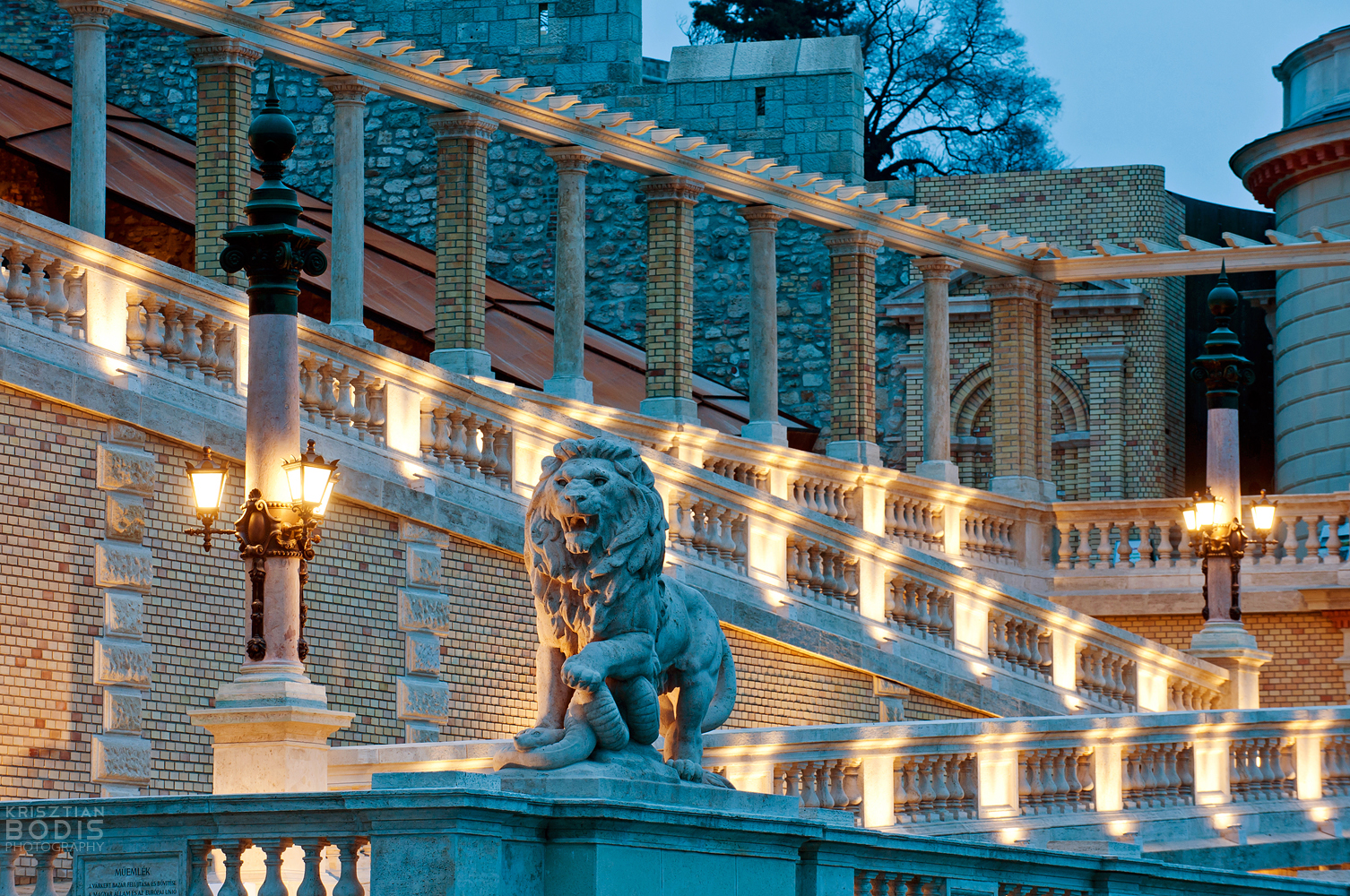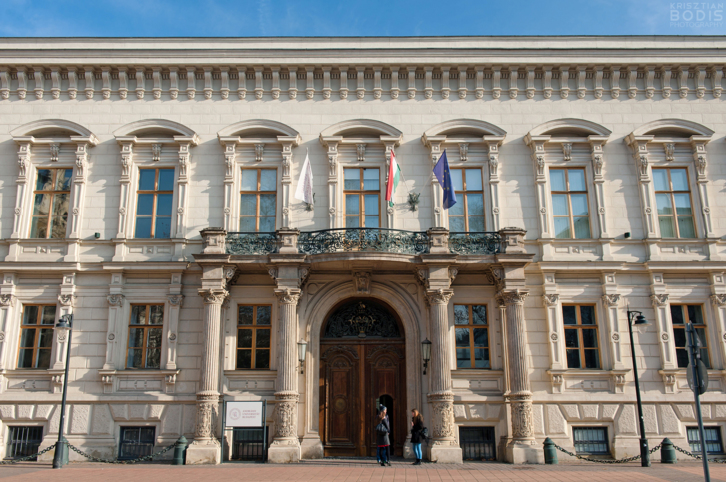Table of Contents
- 1 / 12 - Unger House
- 2 / 12 - Gr. Festetics Palace (Andrássy University)
- 3 / 12 - Károlyi Palace
- 4 / 12 - House of Representatives (Italian Institute)
- 5 / 12 - Roman-Catholic Parish Church of Ferencváros
- 6 / 12 - Headquarters of the First Savings Bank of Pest (Ybl Palace)
- 7 / 12 - Headquarters of Chain Bridge Association (Chain Bridge Palace)
- 8 / 12 - Church of St. Stephen in Lipótváros (St. Stephen’s Basilica)
- 9 / 12 - Main Customs House (Corvinus University)
- 10 / 12 - Degenfeld-Schomburg Palace
- 11 / 12 - Opera House (Hungarian State Opera)
- 12 / 12 - Várkert Bazaar
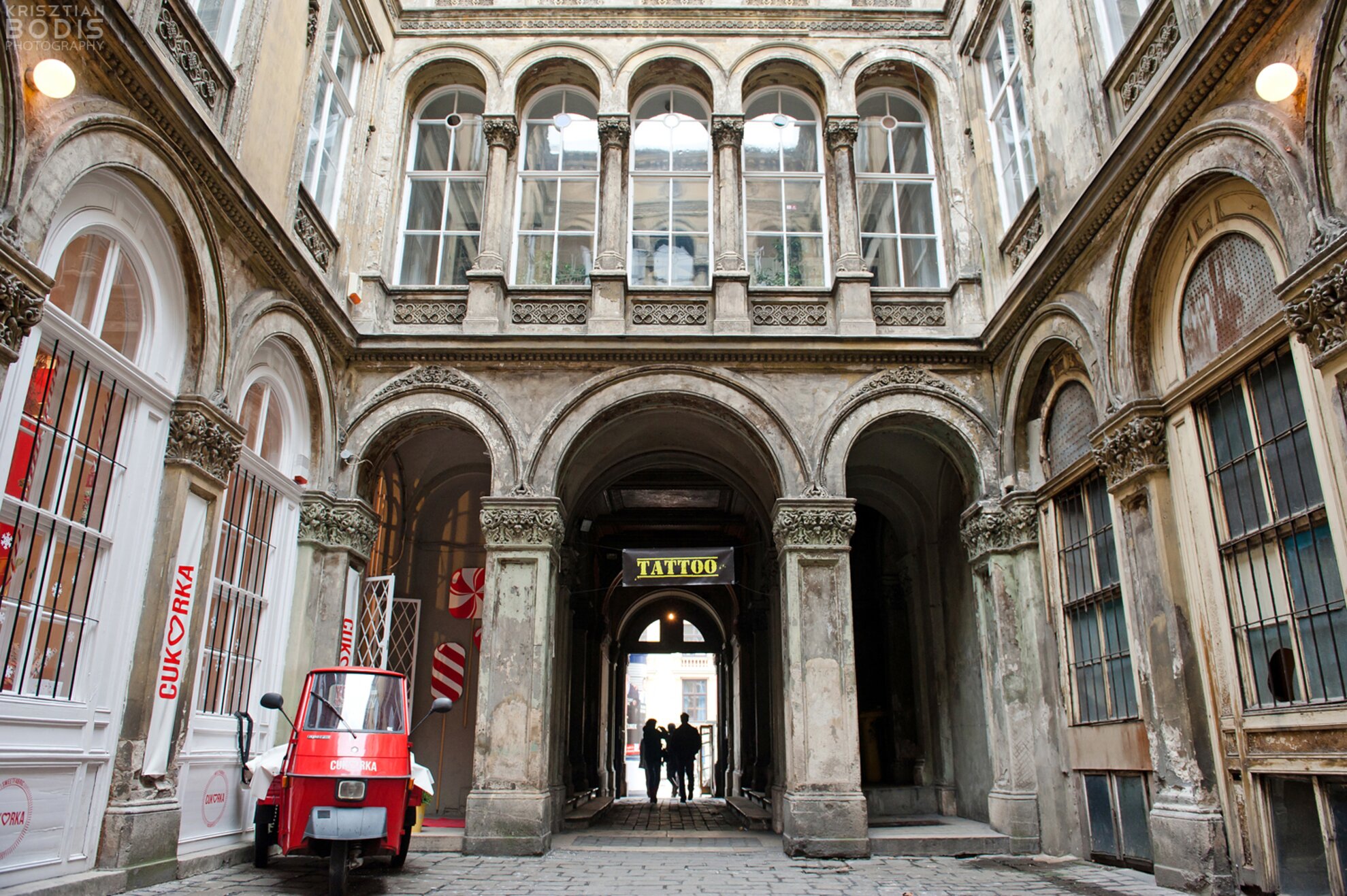
The palace connecting Museum Boulevard with Magyar Street is one of the earliest works of Ybl in Budapest: it was built between 1852 and 1853, as commissioned by Henrik Unger. The commissioner, who was a lawyer by trade with blacksmith ancestors, acquired great wealth by building tenements. On the first floor of the building, which features Romantic, Byzantine, and Moorish elements, we can see seven small balconies, each of which are supported by two griffons from below. The courtyard, which is most commonly used as a shortcut, is covered by wooden blocks – similarly to the driveway of the Opera House. The slightly worn building definitely deserves a thorough renovation.
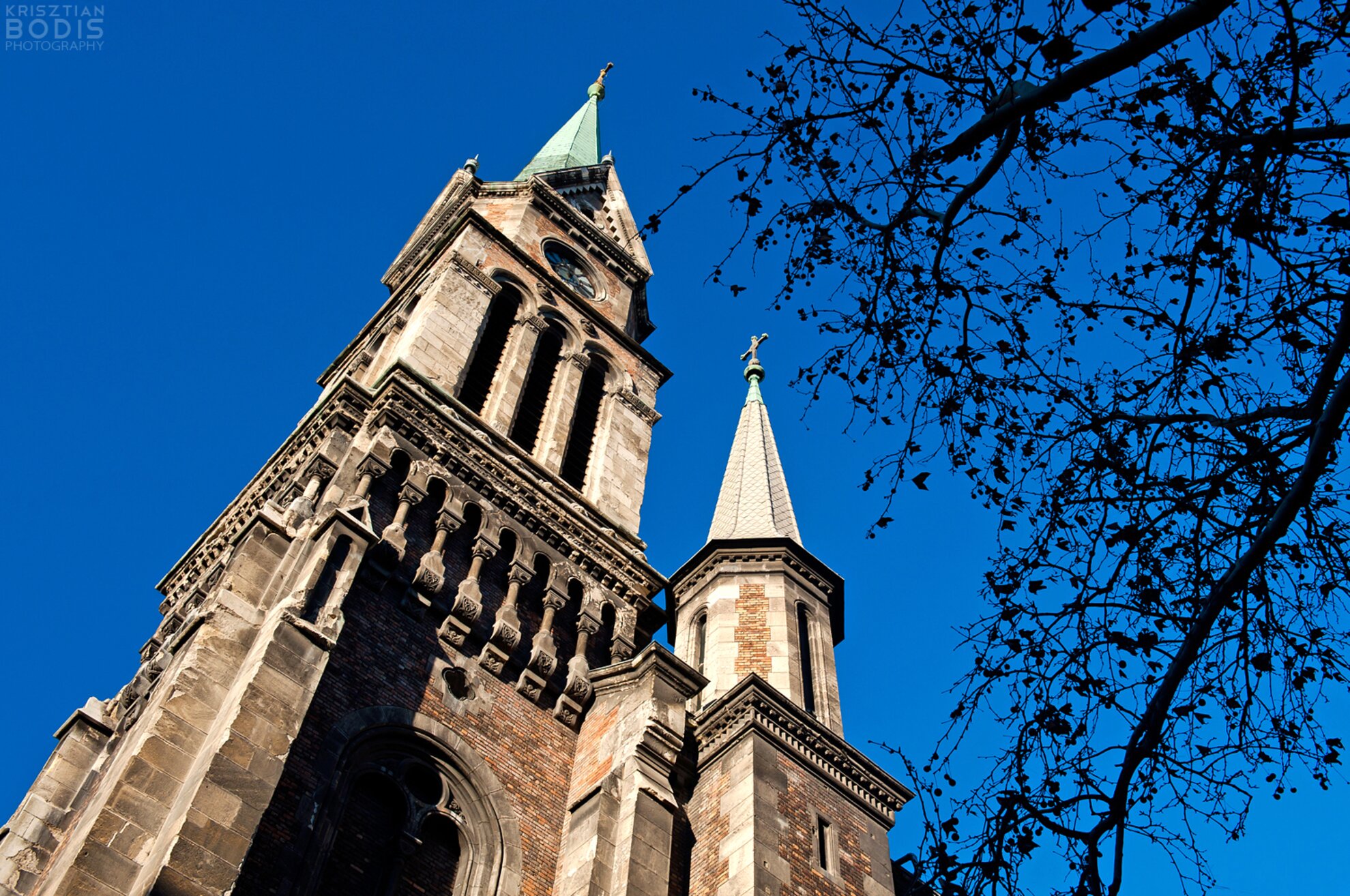
The octagonal top of the church at Bakáts Square can be clearly seen from the Buda side, as well. The constructions started before Hungary's Great Compromise, in 1865, in place of another church destroyed in the flood of 1838. Some of the greatest artists of the era were involved in the decoration. We can access the three-nave, transept, eclectic church through the columned entrance gate.

The newly renovated neo-Renaissance building next to the University Library and Centrál Café is one of the gems of “downtown's main street”. According to the customs of the era, some other venues were also housed next to the office buildings: there used to be a café below the building’s corner tower, and on the first floor there were elegant civilian homes. The staircase is one of the most beautiful in Budapest.
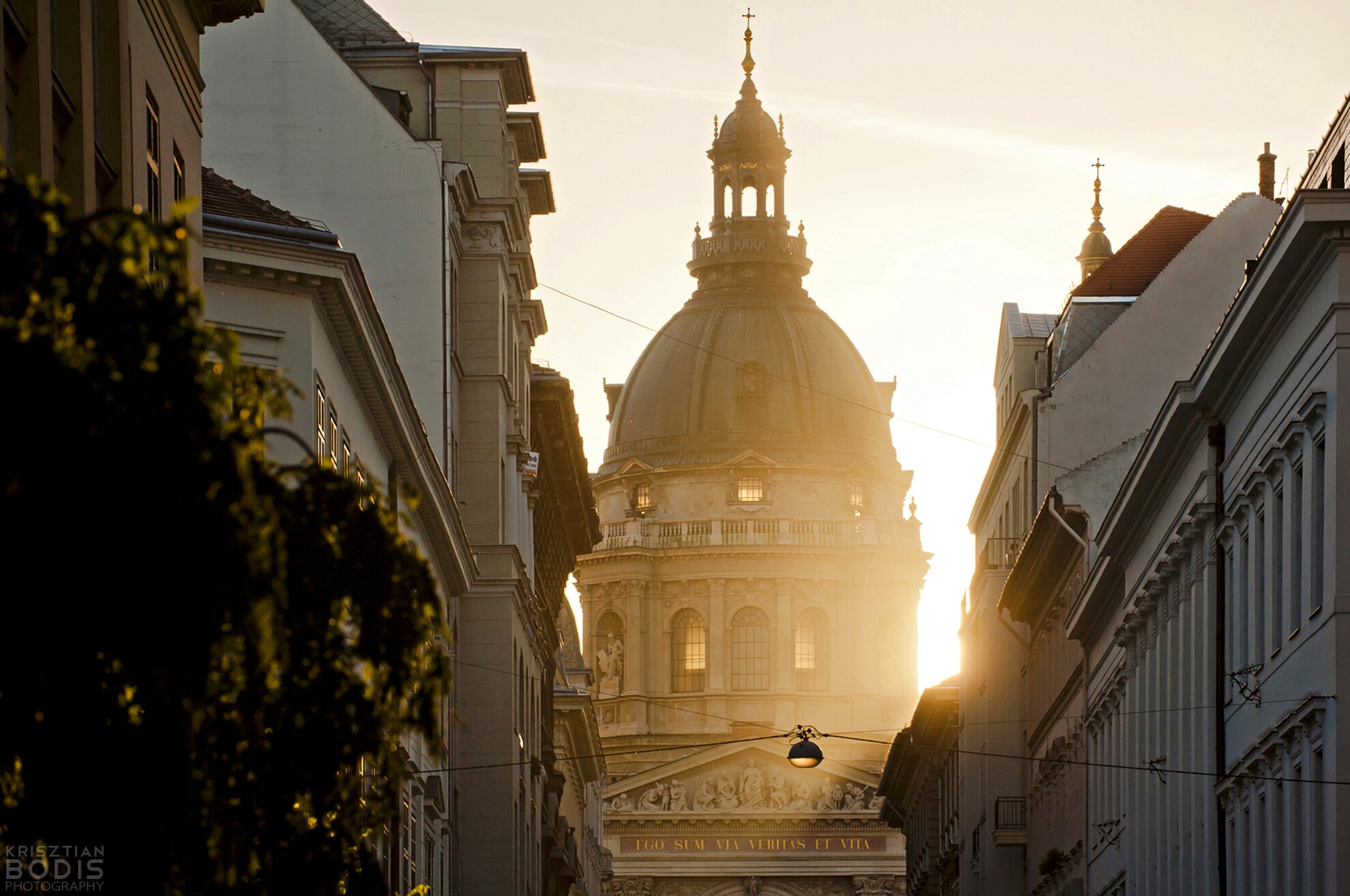
The construction of the Basilica started in 1851, based on the plans of József Hild, the architect behind the cathedrals of Esztergom and Eger. He revised the previously classicist plans and envisioned a neo-Renaissance look for the huge building, which had a great townscape significance even back then. Construction work was hindered by several unexpected events, none of which were the fault of Ybl – for example, the collapse of the dome – and thus the completion and the interior decoration can be associated with the name of Kauser József. Three eras and three masters: the result is a masterpiece, which is a dominant building of the city’s image to this very day.The following sentence can be read on the main façade, beneath the pediment: EGO SUM VIA, VERITAS ET VITA, meaning I am the way, the truth, and life. Similarly to the Parliament, the height of the building is 96 meters, so it is no wonder that a spectacular view unfolds before our eyes from the dome’s circular lookout. The building has a Greek cross ground plan, so it does not have a basilica layout. The interior decoration, the design of the dome, the wall paintings of Károly Lotz, the mosaics of Bertalan Székely and Mór Than, Kauser’s main altar with a canopy, and the sculpture of St. Stephen by Alajos Stróbl are all elements that always leave visitors in awe.

In the large courtyard of this monumental building used to be a place for parking horse carriages, but today it is filled with students. Below the building is a basement system, serving as a warehouse and linked to the riverbank with tunnels. The 170-meter façade of the building is decorated with columned balconies and allegorical statues of trade, transportation, and arts. It is worth mentioning the cast-iron columns of the inner courtyard, as well.
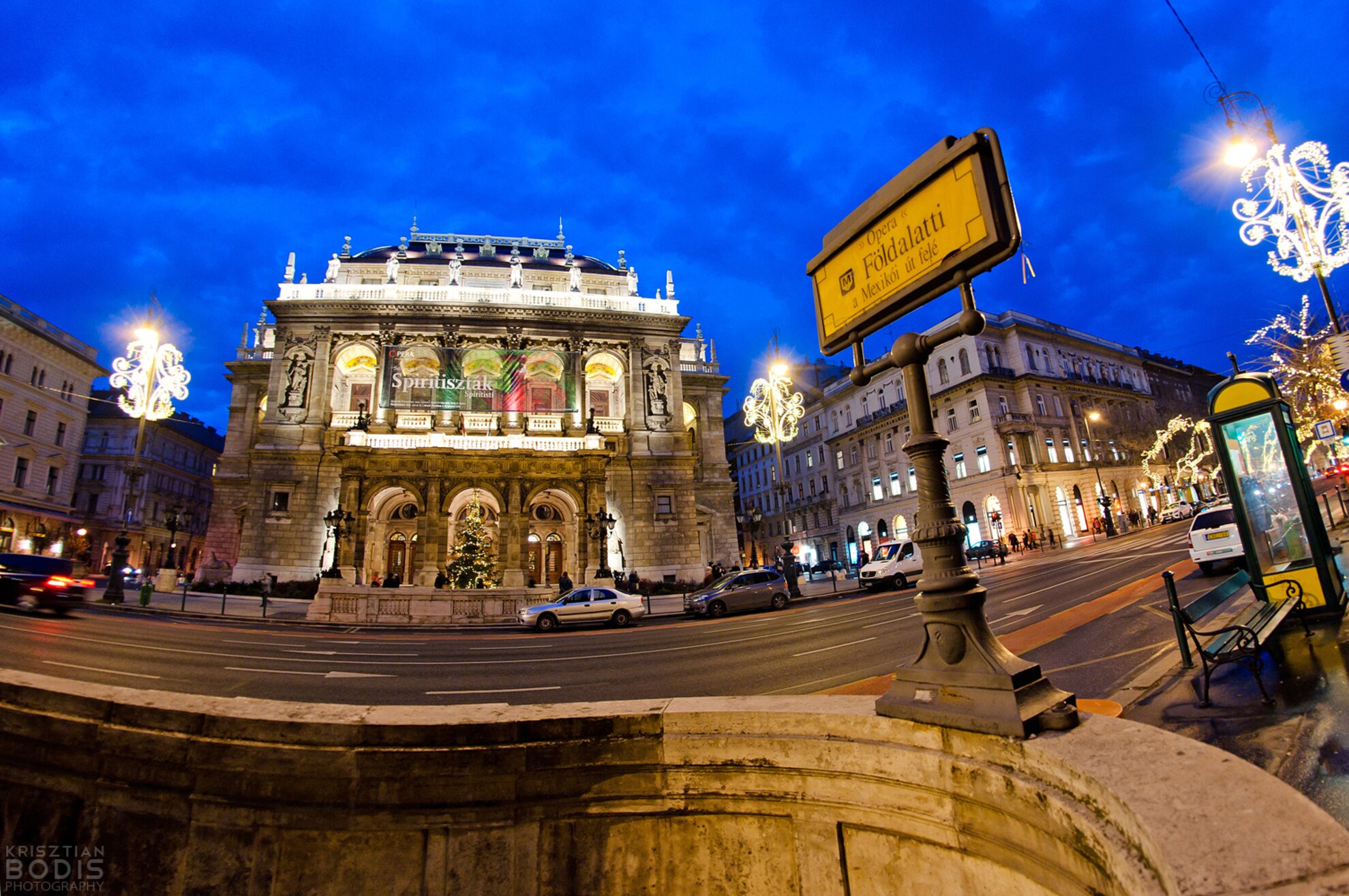
The Opera House – the building that we introduced in a previous article – is one of the most important and best-known works of Ybl. It is harmonious, elegant and serves its purpose excellently to this very day. The wooden blocks of the driveway, the Carrara marble sphinxes, the statues of Liszt and Erkel, the Red Salon, and the dome of the auditorium all became inseparable not only with the building, but with Budapest, as well.
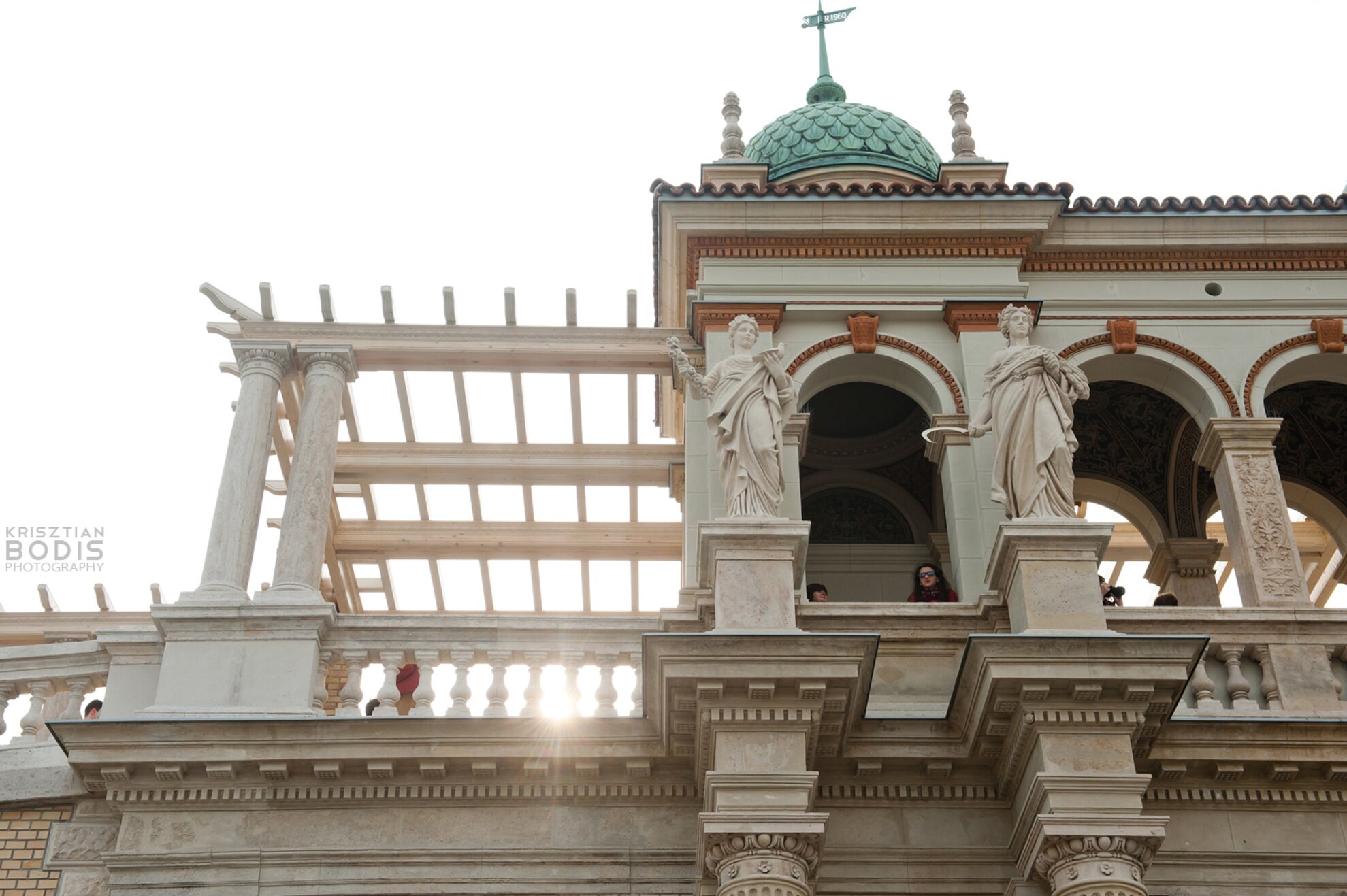
The first round of the renovations to this riverfront monument, which we also wrote about before, were finished just in time for the 200-year anniversary of Ybl’s birth. The building used to be a huge missed opportunity in the city’s development for decades: the building complex and its gardens have their own atmosphere, and the panorama and the location speak for themselves.
